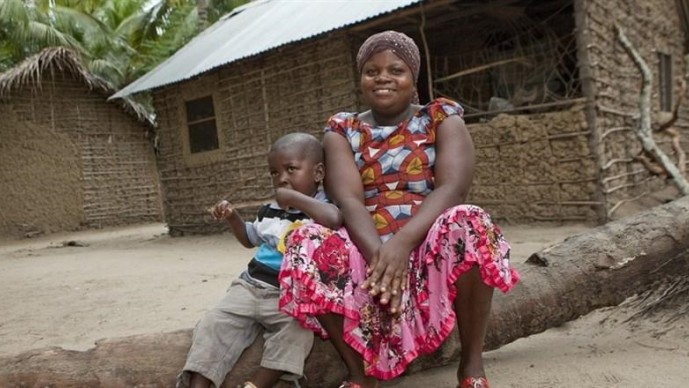Challenge: Help Make Childhood Pneumonia Easier to Treat
- David Mukanga, Rebekah Neal, Oct 10, 2014

Pneumonia is the leading killer of children under five, accounting for over 1.2 million deaths annually. Ninety percent of these deaths occur in sub-Saharan Africa and South Asia, where up to 30% of children who get pneumonia die from the disease.
Most of the underlying infections in these fatalities are caused by bacteria. Amoxicillin, the pink liquid many of us took for ear infections when we were young, is an effective antibiotic against most of these infections and is recommended by the World Health Organization as first line treatment. Today, amoxicillin is also available in multiple forms, including capsules, chewable and dispersible tablet (DT) formulations.
In countries with high pneumonia burden, capsules and powder that must be mixed with a liquid for suspension are the most commonly available amoxicillin formulations. Both these formulations have significant drawbacks: the capsule is difficult to give to children, and the powder is bulky, requires clean water, is costly and sometimes requires refrigeration. Dispersible tablet (DT) amoxicillin is easier to give than the powder, can be cheaper and has a longer shelf life than some of the other options; however, DT amoxicillin requires a clean liquid, such as water or milk to reconstitute, which is a major barrier to effective care.
To show you just how difficult amoxicillin treatment can be, allow us to introduce you to Fatuma. Fatuma is the mother of two-year old Musa who she lives with in a remote Tanzanian village. One morning, Musa awoke with a high grade fever, cough and difficulty in breathing, so he and his mother set out on foot to make the six mile trek to the nearest clinic.
At the clinic, Musa was diagnosed with pneumonia. The nurse gave Fatuma 20 tablets of DT amoxicillin for Musa; he needed to take two tablets twice daily for five days. The nurse instructed Fatuma to drop the two tablets into a cup of clean water or milk before giving the medicine to Musa to drink. Fatuma nodded and they started the long trip home.
Fatuma arrived home exhausted from the day's journey, but knew it was time for Musa's first dose. She now had to find clean water, but where? The closest stream was about two miles away - but was that what the nurse meant by clean water? Would stream water be clean enough? With no other options, she walked the four miles round trip to the stream. Back home, she was faced with more decisions and more tasks. Should she boil the water? Where would she get fuel to start the fire? How much water would be a reasonable volume for the two tablets? "Why is this so complicated?" Fatuma wondered.
With this GCE Round 14 call, we are seeking to remove some of the complications from families like Fatuma's as they care for their children. Specifically, we're looking for innovation that removes the requirement for a clean, safe liquid by developing a child friendly formulation of amoxicillin - a formulation that does not require Fatuma, and thousands of other mothers and fathers like her, to go through exhausting efforts before giving their children the medicine they need.
The ideal oral pediatric dosage form would be tasteless or taste-masked and orally dissolvable or easy to swallow. We are looking for innovative ideas on dosage formulation of amoxicillin for children between birth and five years of age. Ideas such as orally disintegrating tablets (not requiring dispersal in liquid prior to consumption), or transdermal patches will be considered. Formulations should be simpler than dispersible tablets, and of equivalent or lower cost.
We hope that you will surprise us with exciting ideas we can't even yet imagine. Submit your great ideas here!